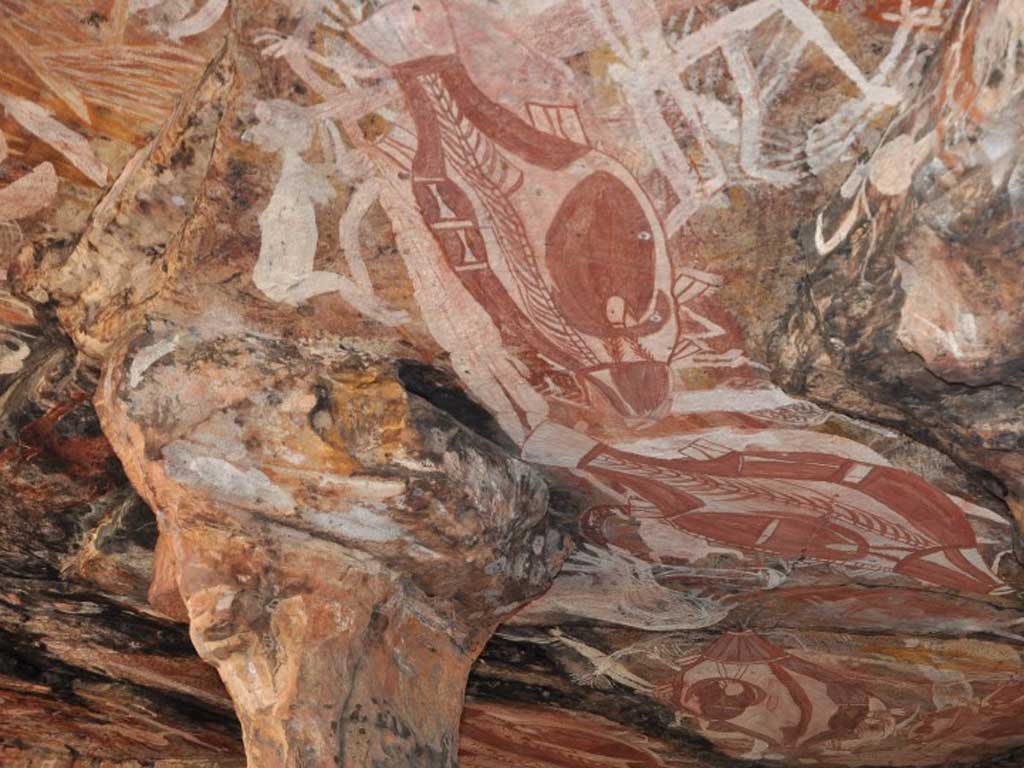After 28,000 years, Australia's first artists get credit for their work at last

Your support helps us to tell the story
From reproductive rights to climate change to Big Tech, The Independent is on the ground when the story is developing. Whether it's investigating the financials of Elon Musk's pro-Trump PAC or producing our latest documentary, 'The A Word', which shines a light on the American women fighting for reproductive rights, we know how important it is to parse out the facts from the messaging.
At such a critical moment in US history, we need reporters on the ground. Your donation allows us to keep sending journalists to speak to both sides of the story.
The Independent is trusted by Americans across the entire political spectrum. And unlike many other quality news outlets, we choose not to lock Americans out of our reporting and analysis with paywalls. We believe quality journalism should be available to everyone, paid for by those who can afford it.
Your support makes all the difference.Archaeologists have long known that Australia is home to some of the world's most outstanding and abundant rock art. Now, a chance discovery has revealed that the art is also among the world's oldest – and that when it was created, Aborigines were among the most advanced modern humans.
The discovery was made by Bryce Barker, a member of an international team excavating a remote site in the Arnhem Land region of the Northern Territory.
Examining in his laboratory a sliver of granite, which he had dug up months earlier, Professor Barker noticed it contained finely drawn charcoal lines that were subsequently carbon-dated to 28,000 years ago – making it more than 10,000 years older than the country's previously oldest-known art. The team has already found evidence that the site – a massive rock shelter accessible only by helicopter – was occupied 45,000 years ago.
Professor Barker, from the University of Southern Queensland, believes he and his colleagues will uncover art dating back that far, which would be the world's oldest – surpassing even the cave paintings of El Castillo in northern Spain, recently redated at 40,800 years old.
The charcoal drawing – believed to be part of a "dynamic figure", the oldest known type of rock art in Arnhem Land – also demonstrates that, contrary to popular perception, Aborigines of that era were far from primitive, he said. The archaeologists have found a 35,000-year-old edge-ground axe, a stone tool not developed elsewhere in the world until much later, at the site. "When you put that together with the art and Aborigines' early use of watercraft, you're looking at some of the major first developments in modern human behaviour, and it's all happening here in Australia," Professor Barker said.
Aborigines arrived in Australia from Asia at least 45,000 years ago. Rock art experts believe they began creating paintings and engravings almost immediately. But because the art was in exposed rock shelters, much of the oldest work would have disappeared – unlike in Spain and the caves at Chauvet, in France, where the paintings were preserved underground.
Paul Taçon, one of Australia's leading rock art experts, said ochre sticks dating back more than 40,000 years had been found at numerous sites around the country. The ochre was ground to a powder and used for paint.
"What this new find here and the new dating in Spain highlight is that the potential for making rock art is universal among modern humans," he said. "And it probably originated neither in Australia nor Europe, but in Africa a very long time ago. When people arrived in new places, they immediately began to make themselves at home and to add a cultural stamp to the landscape. These two developments also highlight that we're all basically the same. We have brains that are hard-wired in the same way, and we've been like this for many thousands of years, engaging in the same sorts of behaviour."
Join our commenting forum
Join thought-provoking conversations, follow other Independent readers and see their replies
Comments